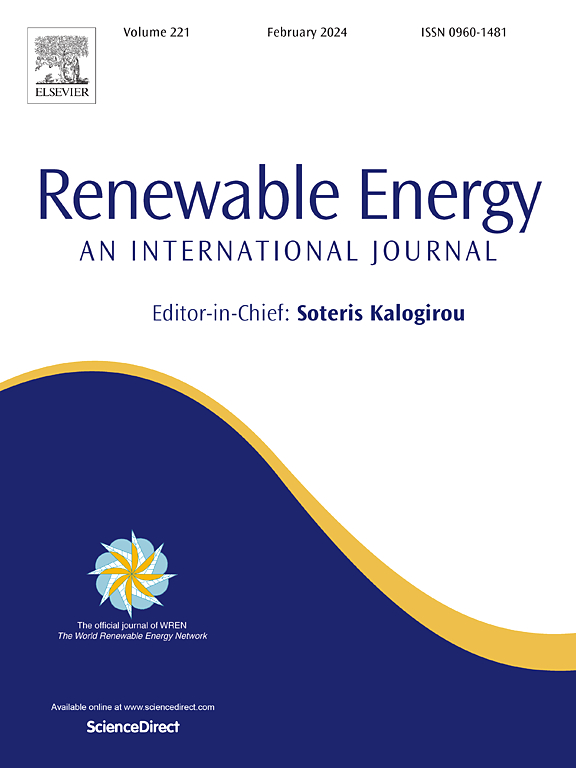利用快速傅立叶变换辅助分解技术增强的长期短期记忆网络进行前一天太阳预报
IF 9
1区 工程技术
Q1 ENERGY & FUELS
引用次数: 0
摘要
本文章由计算机程序翻译,如有差异,请以英文原文为准。
Day ahead solar forecast using long short term memory network augmented with Fast Fourier transform-assisted decomposition technique
This work aims to develop a hybrid model for multistep PV power forecasting. The model comprises of decomposition (Noise Assisted Multivariate Empirical Mode Decomposition: NA-MEMD), dimensionality reduction (Fast Fourier Transform: FFT), and advanced deep learning (Attention mechanism-based Long short-term memory: AM-LSTM) methods. NA-MEMD addresses the non-stationary and nonlinear characteristics of complex multivariate time series data by splitting them into a number of subseries known as Intrinsic Mode Functions (IMFs). A large pool of IMFs is reduced to five sets of subseries using the Fast Fourier Transform (FFT). Finally, the model incorporates the advanced AM-LSTM technique, where the attention mechanism focuses on essential features while disregarding the irrelevant ones. The proposed N-FFT-AM-LSTM model demonstrates superior performance across multiple locations, with an average RMSE (W/m2) | nRMSE (%) | R-value of 62.97 | 6.33 | 0.9721. The proposed model surpasses both the AM-LSTM and N-AM-LSTM models, showcasing % mean RMSE (nRMSE) reduction of 36.86 % (35.25 %) and 12.98 % (11.56 %), respectively. These findings highlight the effectiveness of our approach, that is the N-FFT-AM-LSTM model, in accurately predicting solar irradiance levels across varied geographical regions.
求助全文
通过发布文献求助,成功后即可免费获取论文全文。
去求助
来源期刊

Renewable Energy
工程技术-能源与燃料
CiteScore
18.40
自引率
9.20%
发文量
1955
审稿时长
6.6 months
期刊介绍:
Renewable Energy journal is dedicated to advancing knowledge and disseminating insights on various topics and technologies within renewable energy systems and components. Our mission is to support researchers, engineers, economists, manufacturers, NGOs, associations, and societies in staying updated on new developments in their respective fields and applying alternative energy solutions to current practices.
As an international, multidisciplinary journal in renewable energy engineering and research, we strive to be a premier peer-reviewed platform and a trusted source of original research and reviews in the field of renewable energy. Join us in our endeavor to drive innovation and progress in sustainable energy solutions.
 求助内容:
求助内容: 应助结果提醒方式:
应助结果提醒方式:


